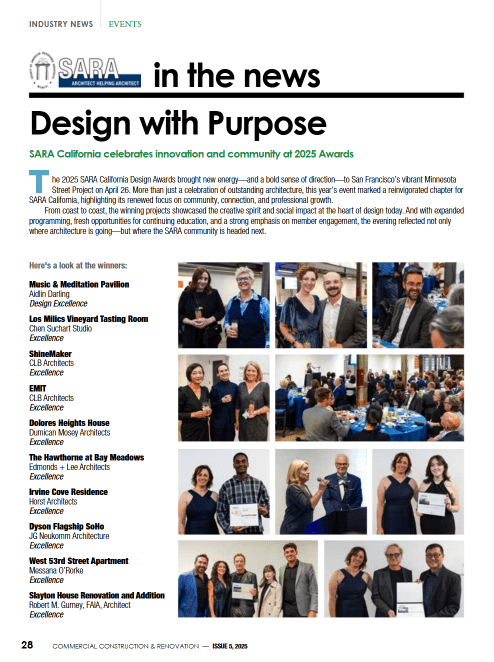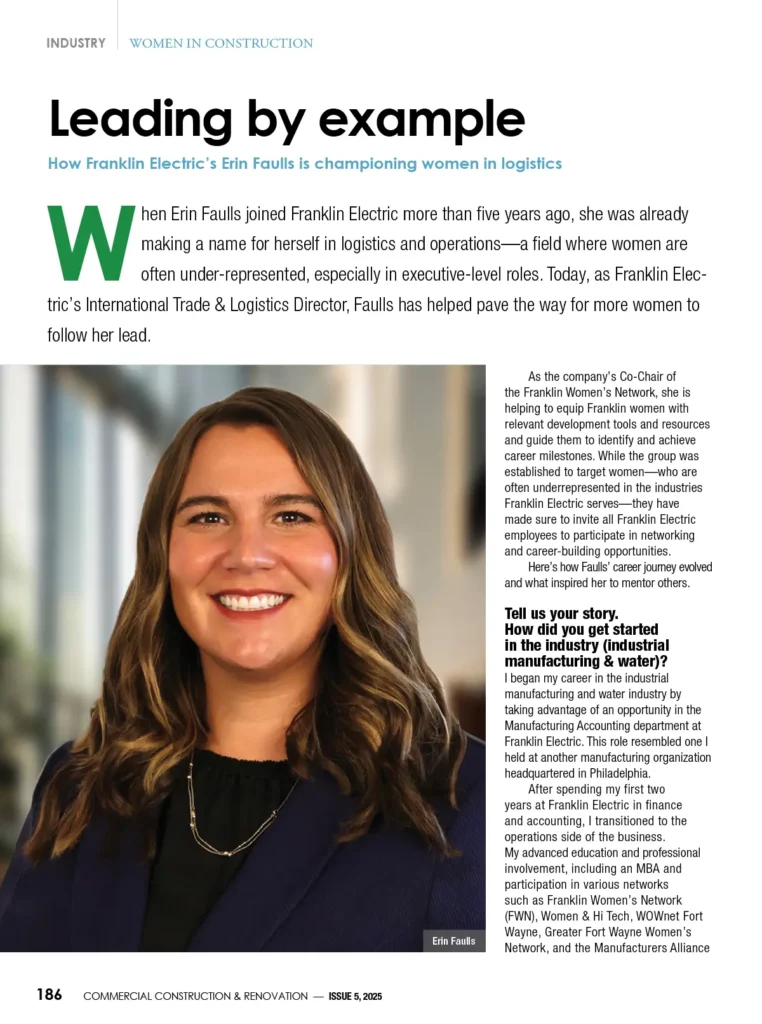Jewelry has always been more than mere adornment; it is a reflection of culture, identity, and artistry. From the ancient civilizations that adorned themselves with symbolic amulets to the sophisticated designs of today, the evolution of jewelry is a testament to humanity’s creativity and ingenuity. This article explores the fascinating journey of jewelry styles and trends through the ages, shedding light on how they have shaped our modern aesthetic.
Ancient Beginnings: Symbolism and Spirituality
The history of jewelry dates back to prehistoric times when early humans crafted ornaments from natural materials like bones, shells, and stones. These early pieces were often symbolic, representing protection, status, or spiritual beliefs. For example, amulets and talismans were believed to ward off evil spirits, while beads were used to signify wealth and social standing.
Ancient Egypt marked a significant turning point in jewelry design. Gold, prized for its rarity and luster, became the centerpiece of Egyptian adornments. Intricate necklaces, bracelets, and rings often featured gemstones like turquoise, lapis lazuli, and carnelian. These pieces were not merely decorative; they held deep spiritual significance, symbolizing power, protection, and eternal life.
The Classical Era: Elegance and Craftsmanship
The classical civilizations of Greece and Rome brought a new level of sophistication to jewelry design. Greek jewelers emphasized intricate craftsmanship, creating pieces inspired by nature and mythology. Wreath-like headbands, delicate earrings, and ornate necklaces were popular among the elite.
In Rome, jewelry became a symbol of wealth and status. Gold and gemstones were abundant, and Roman jewelers perfected techniques like granulation and filigree. Rings gained popularity, often featuring engraved gemstones known as intaglios, which were used as personal seals.
The Middle Ages: Religious Influence and Opulence
During the Middle Ages, jewelry took on a distinctly religious tone. Crosses, rosaries, and reliquaries adorned with gemstones and precious metals were common, reflecting the church’s influence. At the same time, secular jewelry became increasingly ornate, with pieces often encrusted with pearls and colorful gemstones.
The rise of the guild system in Europe allowed jewelers to specialize and refine their craft. Goldsmiths gained prominence, creating intricate designs for royalty and the nobility. This period also saw the emergence of personal jewelry items like brooches and pendants, which were often used to convey allegiance or commemorate significant events.
The Renaissance: A Rebirth of Art and Design
The Renaissance was a golden age for jewelry, fueled by the revival of classical art and the discovery of new trade routes. Jewelers of this era embraced symmetry, proportion, and intricate detailing, drawing inspiration from classical antiquity and nature. Precious gemstones imported from Asia and the Americas added vibrant colors to European designs.
Portrait jewelry became a popular trend, with miniature paintings set into lockets or brooches. Enameling techniques also flourished, allowing jewelers to incorporate vivid colors into their designs. This period marked the rise of personalized jewelry, with pieces often engraved or adorned with symbolic motifs.
The Victorian Era: Sentiment and Innovation
The Victorian era ushered in a new wave of sentimental jewelry, reflecting the cultural values and personal emotions of the time. Queen Victoria herself was a trendsetter, influencing everything from mourning jewelry to romantic motifs like hearts, flowers, and bows.
Advancements in technology during the Industrial Revolution made jewelry more accessible to the middle class. Mass production techniques allowed for intricate designs at lower costs, while innovations like electroplating and stone cutting expanded the possibilities for creativity.
One of the most notable trends of this era was mourning jewelry, crafted from black materials like jet and onyx. These pieces often featured hair or portraits of the deceased, serving as mementos of lost loved ones.
The 20th Century: Modernism and Individuality
The 20th century saw dramatic shifts in jewelry design, driven by changing social norms and artistic movements. The Art Nouveau style of the early 1900s embraced organic forms and flowing lines, often featuring enamel work and semi-precious stones. In contrast, the Art Deco movement of the 1920s emphasized geometric shapes, bold colors, and luxurious materials like platinum and diamonds.
The mid-century period brought a focus on individuality and experimentation. Designers like Coco Chanel popularized costume jewelry, blending affordability with style. Meanwhile, fine jewelry houses like Cartier, Tiffany & Co., and later Pandora introduced iconic designs that remain timeless classics.
By the late 20th century, minimalism became a dominant trend, with simple, elegant designs taking center stage. This era also saw the rise of personalized and symbolic jewelry, reflecting the wearer’s identity and values.
Modern Jewelry: A Blend of Tradition and Innovation
Today’s jewelry industry combines centuries of tradition with cutting-edge technology. Computer-aided design (CAD) and 3D printing have revolutionized the creation process, allowing for unprecedented precision and customization. Ethical practices have also come to the forefront, with jewelers prioritizing conflict-free diamonds, recycled metals, and sustainable sourcing.
Contemporary jewelry designs celebrate diversity and individuality. From minimalist gold pieces to bold statement accessories, there is something to suit every style and occasion. Customization remains a key trend, allowing customers to create unique pieces that hold personal meaning.
At J.F. Kruse Jewelers, the legacy of craftsmanship and innovation continues. By blending traditional techniques with modern technology, they create timeless pieces that reflect the wearer’s personality and story. Whether it’s a vintage-inspired design or a contemporary creation, their jewelry captures the essence of every era.
Caring for Your Jewelry: Preserving History
Regardless of its age or style, jewelry requires proper care to maintain its beauty and value. Here are some tips:
- Regular Cleaning: Use gentle cleaning solutions and a soft cloth to remove dirt and oils. For antique pieces, consult a professional jeweler to avoid damage.
- Storage: Keep jewelry in a cool, dry place, separated by type to prevent scratches or tangling.
- Inspections: Schedule periodic check-ups with a jeweler to ensure settings are secure and stones are intact.
By caring for your jewelry, you can preserve its charm and significance for generations to come.
Conclusion
The journey of jewelry through the ages is a testament to its enduring appeal and cultural significance. From ancient amulets to modern masterpieces, each piece tells a story of artistry, innovation, and human connection. By understanding the history of jewelry, we gain a deeper appreciation for the craftsmanship and creativity that define this timeless form of expression.
For those seeking pieces that embody the beauty and tradition of fine jewelry, J. F. Kruse Jewelers offers a curated selection that honors the past while embracing the present. Explore their collection to discover designs that resonate with your unique style and story.




























